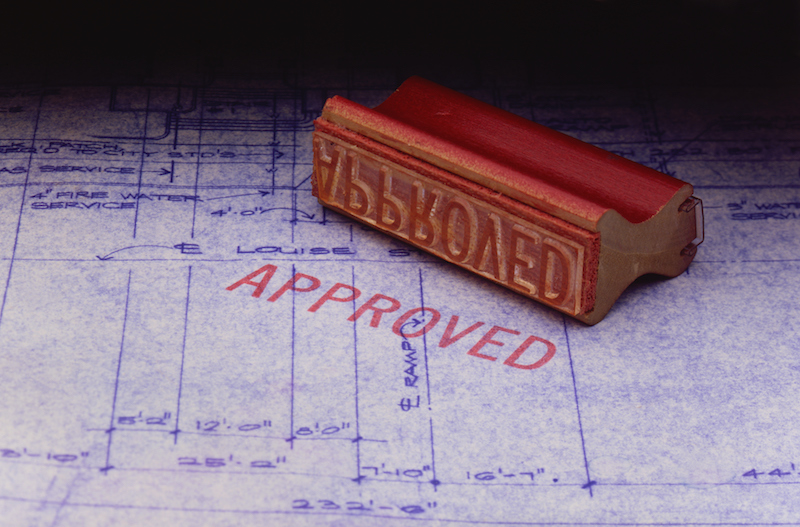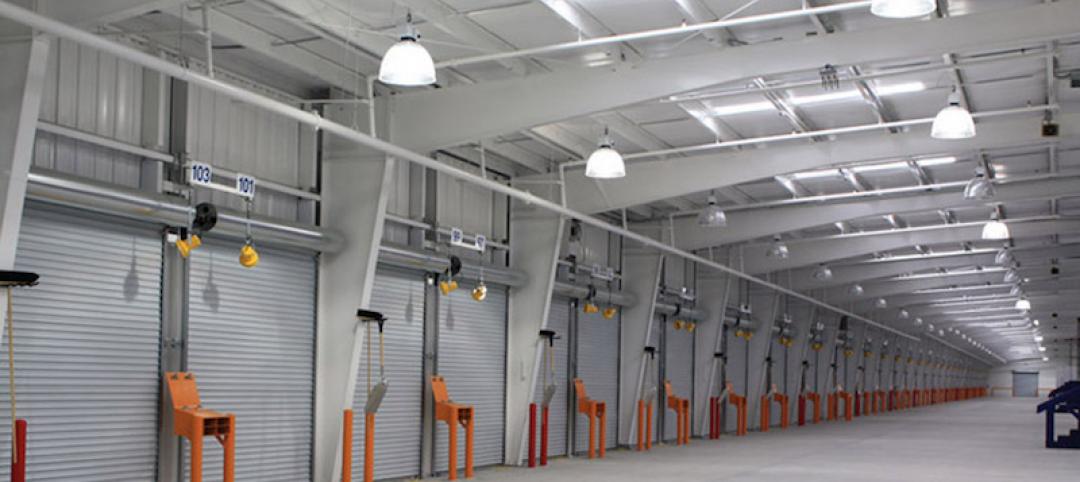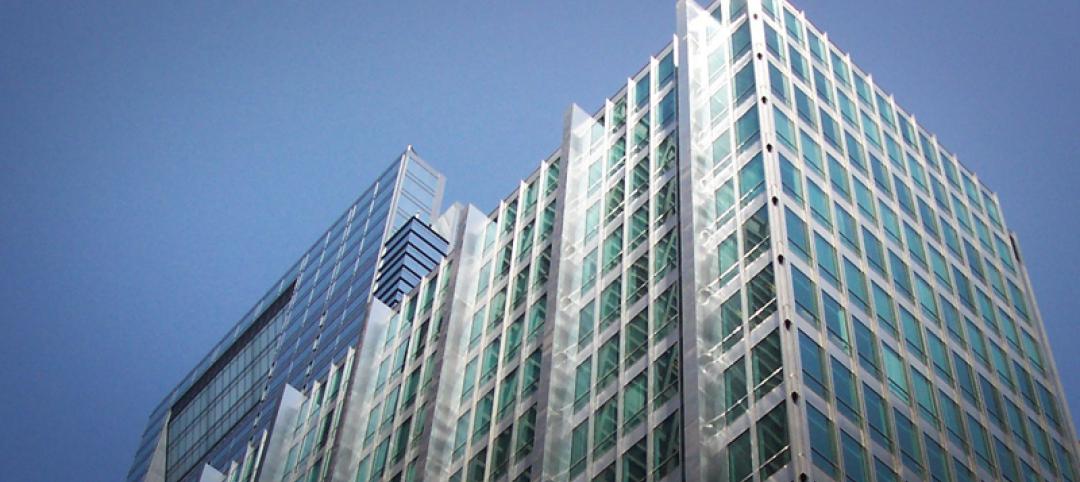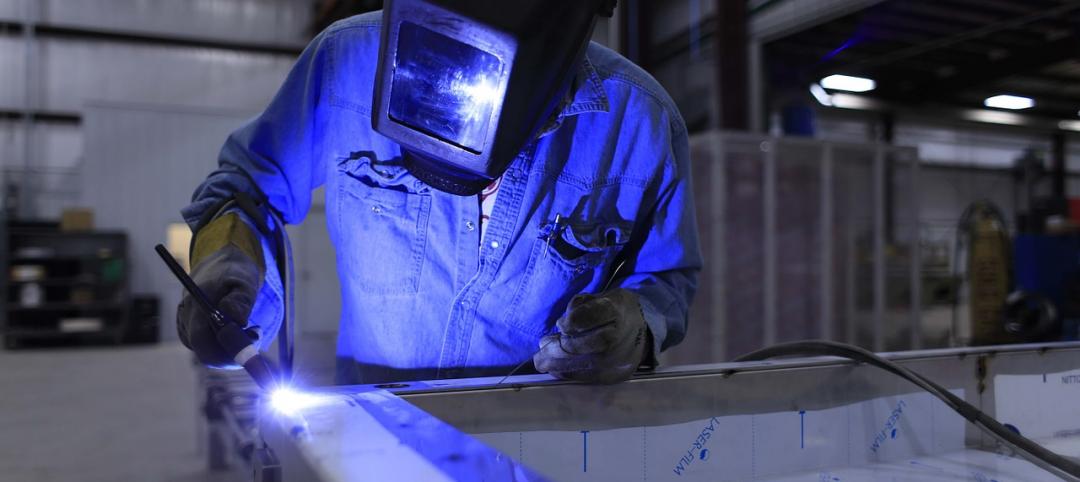The west coast states present a special challenge to builders. The area is seismically active and as such has complex building codes for California, Oregon, Washington, Alaska, and Idaho. Getting a project through plan review can be an unusually long process, anywhere from six months to two years.
Generally speaking, in most jurisdictions, the code official has wide latitude in the types of questions he or she can ask, or the information that can be requested, before approving a project. The review officials are broadly empowered to protect the safety of people in the jurisdiction; especially in an area that includes high seismic activity.
When they review the drawings and calculations, officials often question things that appear incorrect or are not clearly understood. They may ask the engineer of record to justify some of the values. This can certainly make an engineer feel untrustworthy; however, it’s really just an official who is trying to do the job right.
The review process can get be delayed by these questions. If the reviewer sends a letter with a list of questions, the builder needs to provide explanations. Sometimes the builder needs further assistance with the plan checker’s comments from suppliers or sub-contractors. And of course, this back and forth doesn’t happen instantly. The plan checker’s letter to a Star Builder gets passed along to the engineers at Star who respond to the parts that pertain to the metal building system. The builder then forwards the answers back to the official. Building departments typically have long queues of projects under review, and every round of question-and-answer has to wait.
Another thing that certainly delay approval – and drive builders crazy – is that codes get updated, and a building can get caught between codes. For example, a project gets submitted to Star for design, and is engineered according to the currently applicable code. Sometimes, by the time the project is submitted to plan check and waited for review, the code has been changed. The project gets sent back for re-design costing the builder time and money. Typically, cities change their adoption on the first of January, the first of June, and sometimes the first of October. Builders should exercise caution during those times of year and ask the officials of any imminent changes with the current building codes.
With all that said, there is one way to assist with the speed of the approval process. Builders who have a good relationship with their building department seem to get their projects through more quickly. When builders simply drop the calculations and drawings on the desk and leave, the projects seem to go through more rounds of questions and answers. However, when a builder takes the time to make an appointment, submit the plans, and carefully walk the official through the project with the codes and loads, it generally makes the approval process smoother. The questions tend to come out right away, not weeks later, and more often than not can be answered on the spot. At the very least, the builder can get a clear understanding of what needs to be addressed and come back with an effective response.
Star continually stresses to our builders the need to go talk to their local code officials. This certainly applies everywhere in the country, but in the west, it seems to make even more of a difference.
More from Author
Allen Hurtz | May 22, 2017
Tapered columns can slim down costs
In many metal building applications, straight columns may have more steel than they need.
Allen Hurtz | Apr 11, 2016
MBMA works with Underwriter’s Laboratory to fire test metal buildings
The fire safety of metal building systems is crucial. The ability of a metal building to prevent or slow down the spread of fire protects the structure and saves occupants' lives.
Allen Hurtz | Aug 6, 2015
How metal building systems work
In a contemporary metal building system, the size and shape can be just about whatever the project "wants."
Allen Hurtz | Jun 4, 2015
How big of a building do I need?
Here is some advice on how metal buildings can be a solution for space shortages
Allen Hurtz | Apr 3, 2015
The inherent sustainability of steel
The steel in a metal building system may contribute to points for Recycled Content under the USGBC’s Leadership in Energy and Environmental Design (LEED) system.
Allen Hurtz | Jul 21, 2014
16 utility questions to answer during your building project
We need electricity to power our building projects, along with water and gas and a faultless sanitation system. That’s what we think about when we think about utility requirements for our building project, but are we missing something? SPONSORED CONTENT
Allen Hurtz | Jan 23, 2014
Think you can recognize a metal building from the outside?
What looks like brick, stucco or wood on the outside could actually be a metal building. Metal is no longer easily detectable. It’s gotten sneakier visually. And a great example of that is the Madison Square retail center in Norman, Okla.














